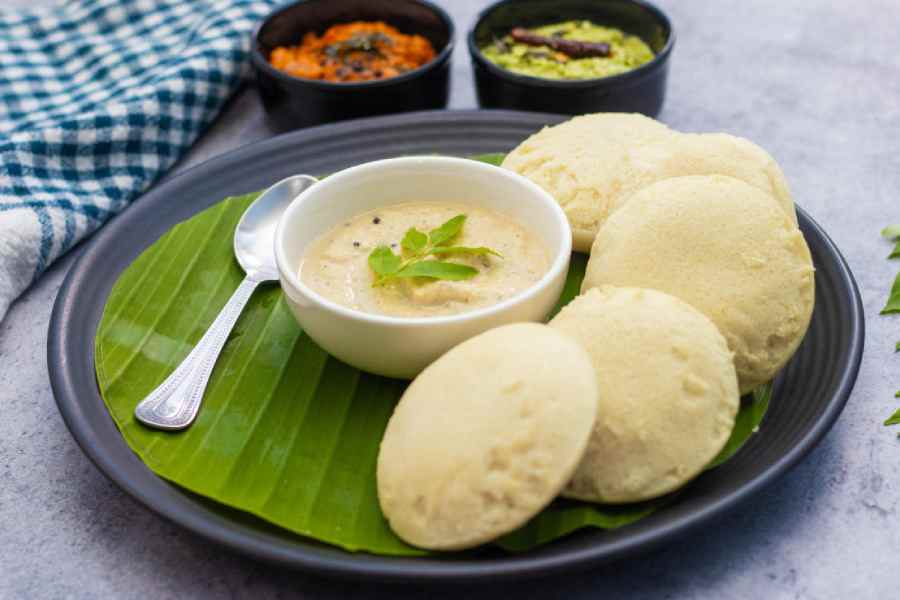India’s idli, chana masala, rajma and chicken jalfrezi are among the top 25 dishes causing the most damage to biodiversity, scientists have said after assessing the “biodiversity footprints” of 151 popular dishes from across the world.
The scientists have assigned the highest biodiversity footprint score to lechazo, a roast lamb recipe from Spain, followed by four beef or meat preparations from Brazil. Their calculations place the idli at rank six followed by rajma (kidney beans curry) ranked seven.
Vegan and vegetarian dishes in general had — as expected — lower biodiversity footprints than dishes that contained meat. But, the researchers said, it was surprising to find that dishes with rice and legumes as main ingredients also had high biodiversity footprints.
“The large impacts of legumes and rice in India was a surprise, but when you think about it, it makes sense,” Luis Roman Carrasco, associate professor of biological sciences at the National University of Singapore who led the study, told The Telegraph.
Carrasco and his colleagues assigned biodiversity footprint scores to each of the 151 dishes by assessing the likely impact of each dish’s ingredient on the species richness and range of wild mammals, birds and amphibians in the cropland used for each ingredient.
The scientists say that while the choice of food is typically influenced by taste, price and health, studies that assign biodiversity impact scores to dishes could help environmentally conscious people tailor their food choices.
Their study, published on Wednesday in the journal PLOS One, comes against the backdrop of concerns about biodiversity loss primarily driven by habitat loss resulting from expanding agriculture. Earlier studies have estimated that food consumption by an average household accounts for 20 per cent to 30 per cent of its environmental impact.
“In our analysis, the biodiversity footprint represents the amount of species that have been at least partially impacted to produce that dish,” Carrasco said. “The biodiversity footprint gives us an idea of how many species we’re pushing closer to extinction by eating that dish.”
Multiple earlier studies have flagged the negative environmental impacts of non-vegetarian food based on livestock rearing. The large biodiversity footprints of rice and legumes may be explained by land conversion for agriculture.
India is both a top producer of legumes — chickpeas and kidney beans — and a megadiverse zone with an estimated seven to eight per cent of species. Legumes and rice are cultivated across many areas that were traditionally hotspots of biodiversity.
Among the top 25 dishes with the largest biodiversity footprints are several Brazilian meat dishes, a Korean meat and vegetable stew, meat and pork dishes from Mexico and chicken jalfrezi ranked 19, dal 20, and chana masala 22.
The study has assigned the lowest biodiversity footprint to French fries, ranked 151. Baguettes, pureed tomato sauce and popcorn are among other dishes with the lowest biodiversity footprints. India’s aloo paratha was ranked 96, dosa 103, and the bonda — a fried dish of mashed potato coated with chickpea paste — was ranked 109.
Despite the high scores of rice and legume dishes, Carrasco said, India has been reasonably successful in coexisting with biodiversity given its large population. India’s large proportion of vegetarians, he said, is good for biodiversity conservation.
“If Indians were to shift to more meat consumption and production the impact on biodiversity would be much higher,” he said. “This study is a reminder that the pressures on biodiversity in India are very high.”










